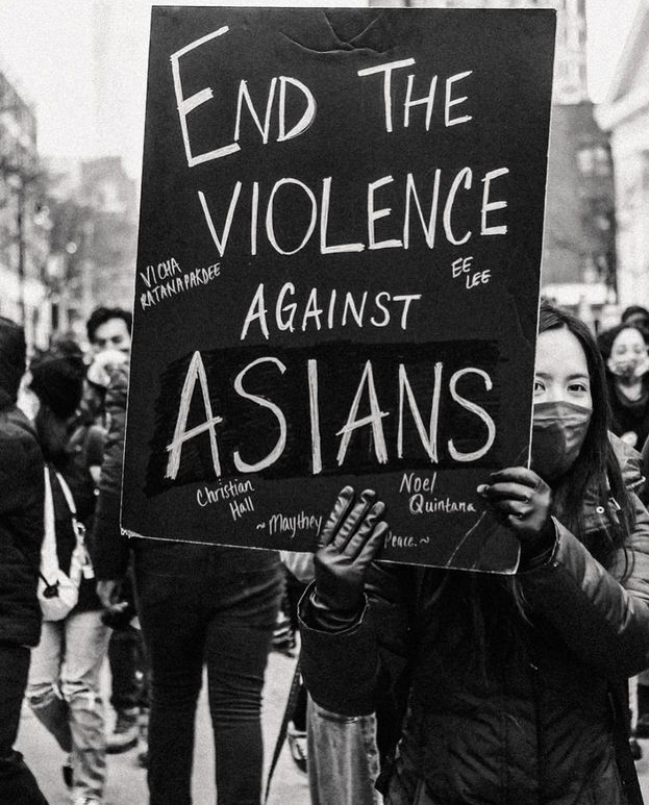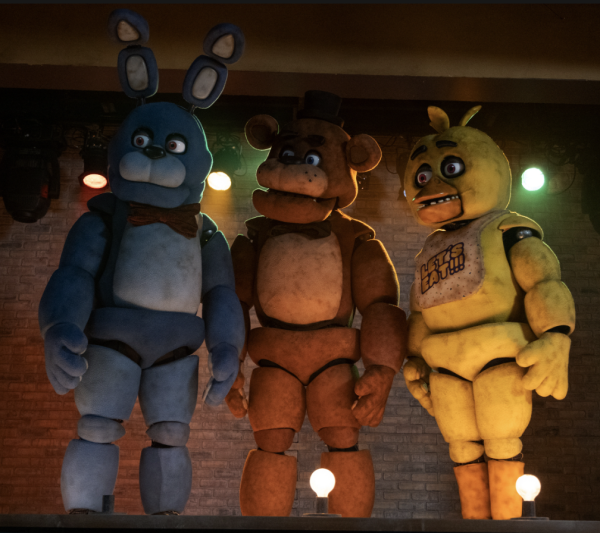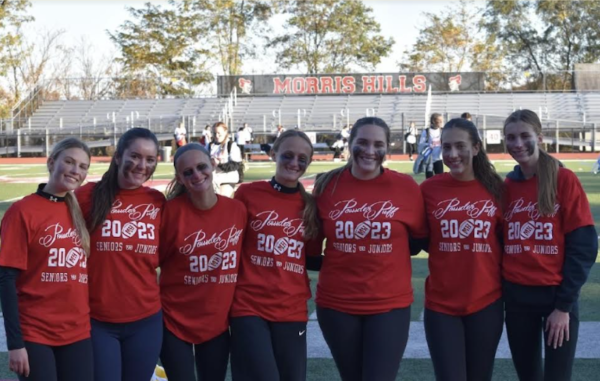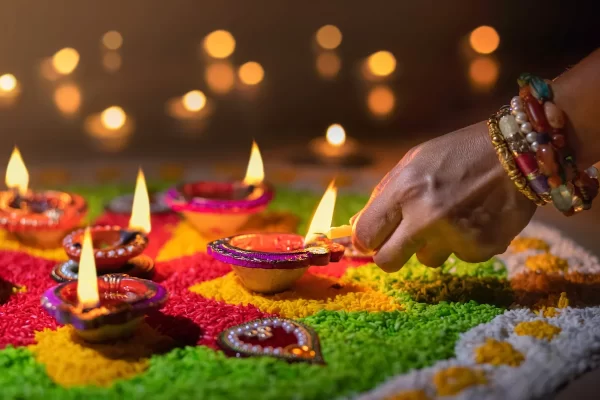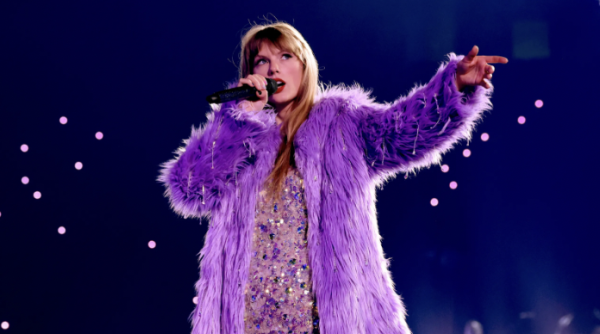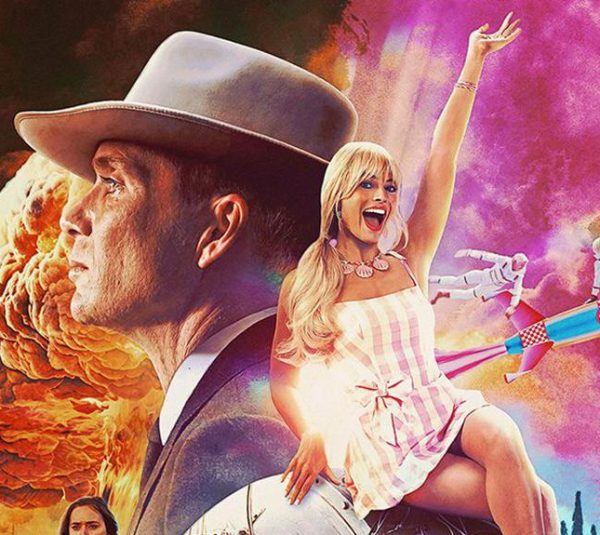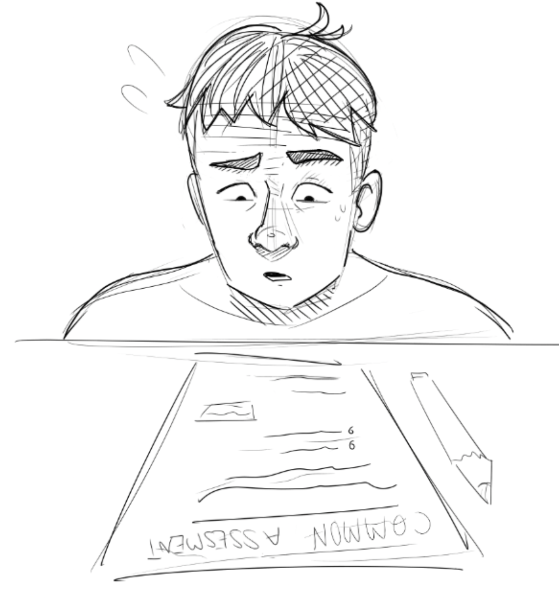Reflecting on a History of Hate
The “kung flu,” coined by former President Trump, is still spreading rapidly, but somehow, “the Chinese” are to blame. To some, all people with slant eyes and black hair, “the Chinese”, are culpable for the millions of deaths that have occurred over the past few years, and to take it a step further, those “Chinese” perhaps even planned the illness in order to impede the development of rival countries such as the United States.
The pandemic should have been a point that bonded people of all social spheres together, but unfortunately, instead of building each other back up, some chose to point fingers at the easiest targets. Those in positions of authority, such as former President Trump, used their power to promote Asian xenophobia and racism towards all those from Asian backgrounds.
As a result, children of those malingers grow up with racial miasma in their brains, and throughout their lives, they act with unintentional biases. The vicious cycle continues from generation to generation, creating generational trauma for those who straddle the lines between their Asian and American identities. Asian prey are forced to either assimilate by abandoning their heritage or fight the crowd in a battle fated against them from their first breaths. In an ideal world, those of Asian heritage would not have to choose one culture over the other because society would welcome the beautiful gifts–whether it be past, present, or future–that all cultures bring to the table. The citizens today have made considerable strides towards a more diverse world, but the world’s roots still reel from past and present injections of pure malice.
As early as the 1800s, the Chinese, among numerous Asian groups, faced inconceivable setbacks in the supposed land of the American Dream. The American Dream, the promise of an improved life through hard work and dedication, was only available to true Americans, and those Americans made sure to remind Asians that they could never become anything more than Asian. Due to the Page Act of 1875, Asian women were entirely barred from entry because they were deemed to be “sexual threats” to democracy. According to Stop AAPI Hate, diseases such as smallpox and the bubonic plague were often attributed to Asians because society needed a place to direct its fury at the loss of so many jobs, often undesirable labor jobs. By 1882, History.com contended the Chinese only constituted less than two percent of the U.S. population, yet they were often blamed for any economic challenges of the time period. Historically, whether it be the Chinese who worked the transcontinental railroad or the Koreans who left Korea following the Korean War, Asian men were paid wages far lower than those of their white counterparts, and though they did try to protest for their rights, they were denied their fundamental human rights to ensure “racial purity” within the court system. According to a PBS documentary, a Chinaman was worth one dollar in 1882 and only three thousand in 1982. Even with inflation, a dollar a hundred years ago would only amount to less than thirty dollars today.
Eventually, Asians became “the model minority.” The term “model minority” first appeared in a New York Times Magazine article by William Petersen, and the stereotype it referred to scooped up every individual of Asian ethnicity into a golden chalice. Hence, according to the masses, every immigrant should be as successful as that Asian child sitting across the row because that child managed to thrive in a cut-throat society. However, little did that immigrant know, the Asian child with flying grades might have parents facing possibly permanent deportation. One in seven Asian immigrants in the United States currently do not have the proper paperwork to reside in America, and immigration stories from other nations often overshadow the sheer number of families who struggle to stay undetected. Even though there will always be those who look down upon these refugees, they have as much of a reason to live in the United States as anyone else. They work tirelessly, as other immigrants do, to secure even the slightest opportunity. They might have faced genocide or conflict in their native countries, so the fact that they are willing to travel to an America that raised a noose to Asian necks practically a century prior suggests the sheer magnitude of their boundless desperation.
A “hate crime” is a crime due to gender, racial, or social bias. In March 2020, organizations across the country banded together to form the Stop AAPI (Asian American Pacific Islander) Hate coalition. Though the 10,905 documented hate crimes against Asians between March 19, 2020, and December 31, 2021, is hardly trifling, there is still time for the members of society to move away from hate to love. The young adults of today and the leaders of tomorrow can start to mend the generational wounds and misconceptions towards Asians bit by bit until America is unified once more, for the mass shootings of the past do not have to be the face of tomorrow. Every day, the world changes along with its inhabitants, and the mistakes of yesterday can be righted with its every living breath.

